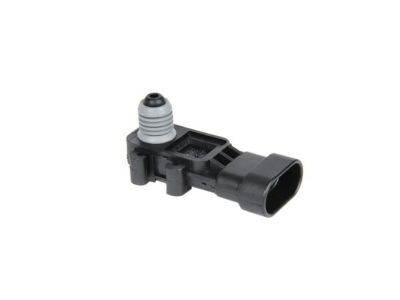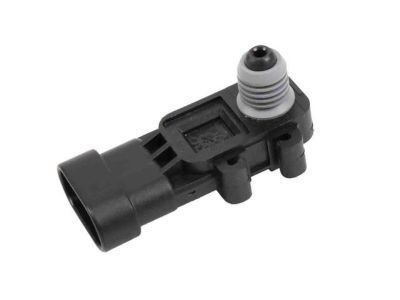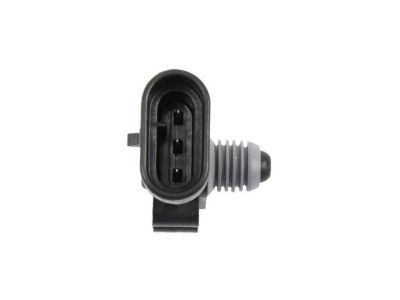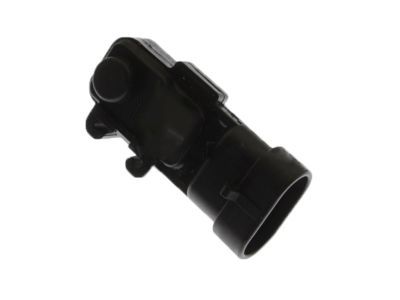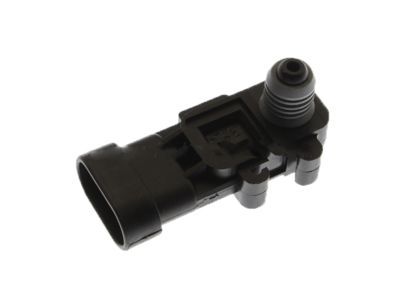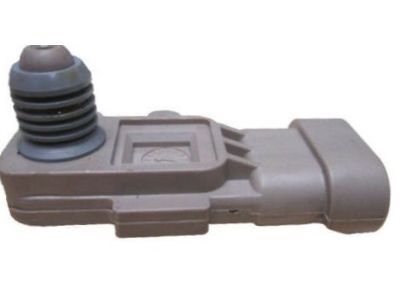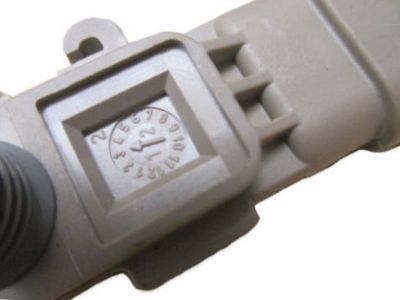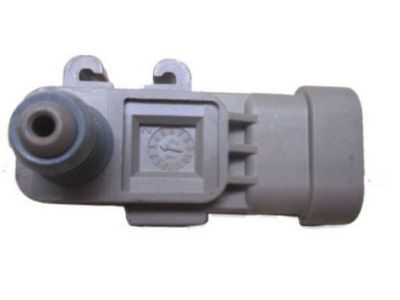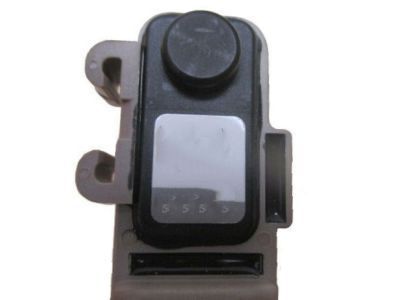
My Garage
My Account
Cart
Genuine Chevrolet Monte Carlo Fuel Pressure Sensor
Fuel Tank Pressure Sensor- Select Vehicle by Model
- Select Vehicle by VIN
Select Vehicle by Model
orMake
Model
Year
Select Vehicle by VIN
For the most accurate results, select vehicle by your VIN (Vehicle Identification Number).
2 Fuel Pressure Sensors found
Chevrolet Monte Carlo Sensor,Fuel Tank Pressure
Part Number: 16238399$53.94 MSRP: $101.06You Save: $47.12 (47%)Ships in 1-2 Business DaysChevrolet Monte Carlo Fuel Tank Pressure Sensor Assembly
Part Number: 12247409$45.43 MSRP: $92.95You Save: $47.52 (52%)Ships in 1-3 Business Days
Chevrolet Monte Carlo Fuel Pressure Sensor
This section will focus on The Fuel Pressure Sensor, more commonly referred to as the Fuel Tank Pressure Sensor and is a key part of Chevrolet Monte Carlo vehicles. It detects pressure inside the fuel tank or rail, after which the internal computer adjusts the timing for the optimal results regarding the engine. Thus, various kinds of Fuel Pressure Sensors may be used in different Monte Carlo models; their main aim is to ensure that the engine gets the proper fuel pressure. Some of the symptoms of a bad sensor are difficultly starting the vehicle, poor fuel economy, and poor performance of the vehicle's engine, which can be followed by a check engine light. In general, the Fuel Pressure Sensor is an important component of the engine; therefore, its proper maintenance is critical.
Each OEM Chevrolet Monte Carlo Fuel Pressure Sensor we offer is competitively priced and comes with the assurance of the manufacturer's warranty for the part. Furthermore, we guarantee the speedy delivery of your orders right to your doorstep. Our hassle-free return policy is also in place for your peace of mind.
Chevrolet Monte Carlo Fuel Pressure Sensor Parts Questions & Experts Answers
- Q: What is the purpose of the Evaporative Emissions Control (EVAP) system and how to replace Canister Purge Valves, Fuel Pressure Sensor and Vapor Canister on Chevrolet Monte Carlo?A:The Evaporative Emissions Control (EVAP) system is a system designed to prevent the escape of fuel system vapors containing unburned hydrocarbons into the atmosphere. On hot days, fuel vapors that are trapped in the fuel tank continue to expand until they reach a certain pressure limit. The liquid fuels expelled from this tank move through the evaporative valve and canister, where they temporarily collect before being burnt up in an operating engine. There are times when the Powertrain Control Module (PCM) opens up the canister purge solenoid when suitable conditions are met like; warmed up engine, vehicle is at speed or there's a moderate to heavy load on the engine. This allows fuel vapour in the canister to be drawn into the intake manifold chamber for mixing with air/fuel mixture before it gets used in the combustion chambers. Both component and layout of EVAP system are critical including EVAP canister located above fuel tank consisting of activated carbon to hold vapours, fuel tank pressure sensor atop of fuel pump/fuel level sensor module and EVAP canister vent solenoid behind left rear wheel well fender liner which normally is opened but seals off for inspection/maintenance on EVAP system. It should be noted that with its duty cycle dependent on factors like vacuum in intake manifolds and data from sensors, vapor flow from canister to intake manifold is regulated by EVAP canister purge solenoid under PCM control. With all these advantages it must be remembered that troubleshooting an EVAP system requires specialized tools and training because these problems cannot be detected by ordinary people using normal senses, although some symptoms may be indicative of related problems. These include smelling gasoline on warm days primarily caused by loose or broken EVAP hose connections among other things. One method consists of removing the gas cap and listening for pressure release as signs of too much vaporized petrol within tanks, while professionals need full diagnostic test. The replacement of the EVAP canister purge solenoid on V6 engines requires removal of electrical connections, lines, and a mounting bolt for installation or reinstallation procedures since it is lodged at the left front part of the intake manifold. On the other hand, in case of V8 engines, you have to remove an engine cover to access the EVAP canister purge valve that is located at the top of rear intake manifold portion prior to disconnecting electrical connector and lines for removal and installation purposes. The EVAP canister vent solenoid located behind the left rear wheel well can be accessed by jacking up and securing the vehicle; disconnecting all electrical connectors, hoses then slide solenoid upward to remove or reinstall it. Finally, raising the vehicle disconnecting labeled hoses with electrical connectors then detaching it from its mounting bracket completes EVAP canister situated on top fuel tank's installation process. Above all, fuel tank pressure sensor atop fuel pump/fuel level sensor module mounting flange needs a raised motorcar body coupled with removal of fuel tank before eventually dismantling and reinstalling sensor by means of undoing electric plug.


